At some time or another every angler must have wondered how old the fish they’re catching might be.
Perhaps there’s a well known shoal of bream that have lived in a lake for many years – surely they can’t be the same fish? Or perhaps suddenly catches of roach decline in a gravel pit. Where have the fish gone from one year to the next? They can’t all have died in a short space of time. Can they?
Fishery scientists are just as interested in these fundamental questions as we anglers are. In fact, most fishery work revolves around measuring the age and growth of fish, because this information enables us to predict what will happen to the population in the near future.
GET ALL THE TACKLE YOU NEED FOR YOUR NEXT FISHING TRIP BY CHECKING OUT OUR LATEST BUYER'S GUIDES TO RODS, REELS, CHAIRS, POLES, LURES AND MORE.
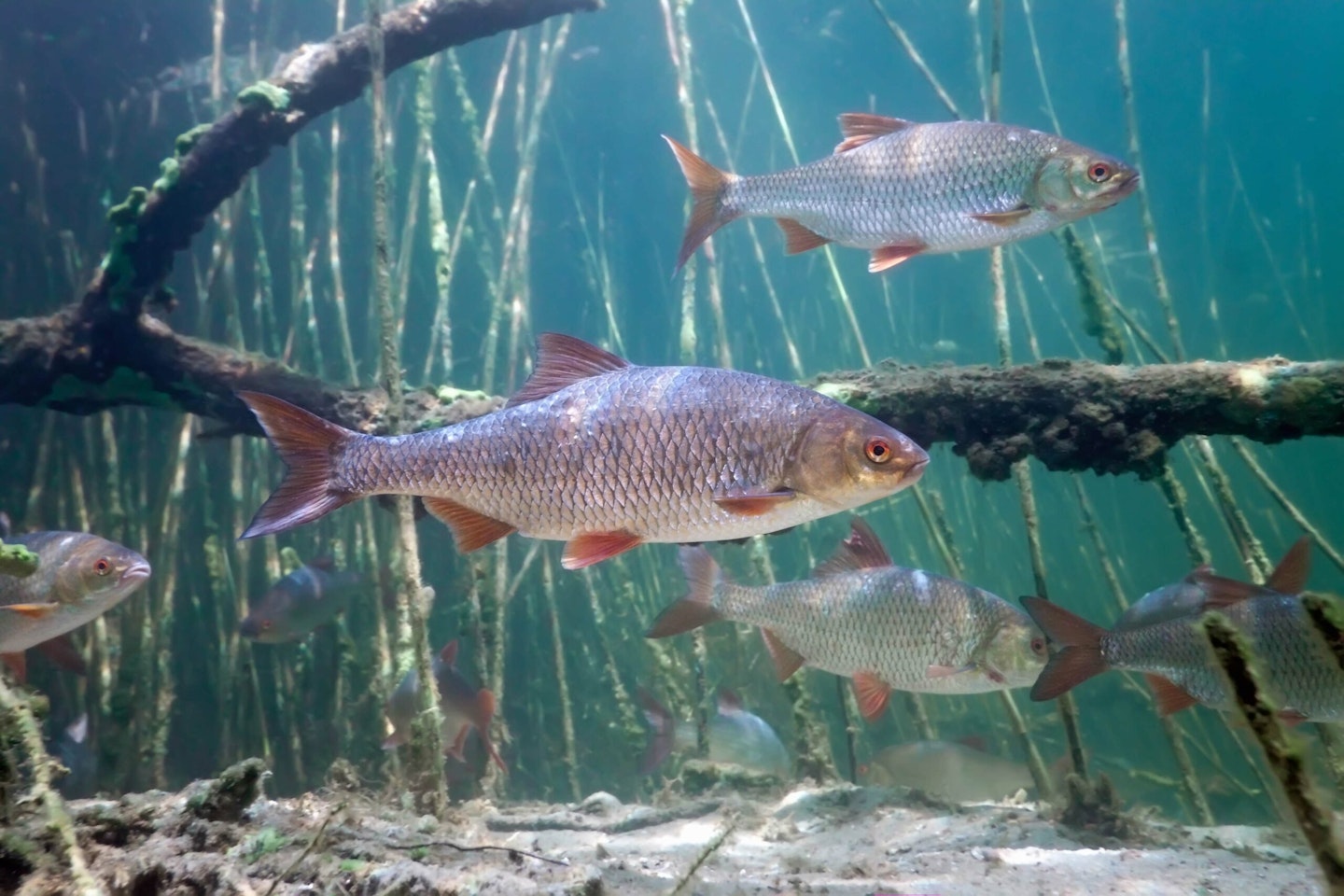
Ageing techniques
Fortunately, unlike with most animals, the age and growth of fish can be measured quite easily, using their bones and scales. The scales are the easiest to collect, and very little harm is done to the animal by removing half-a-dozen scales for ageing.
More accurate results can be obtained with some species by looking at the otoliths (ear bones), or the operculum (gill cover bone), but these require that the fish is killed first.
Layers of calcium are constantly laid down on the bones and scales, but the rate at which the new material is laid down depends upon how fast the fish are growing. In the winter, when the fish aren’t growing in length, the layers are narrow and closely packed, giving rise to a distinct dark band.
LEARN MORE ABOUT FISH SCIENCE IN THIS RECENT ARTICLE ON PREDATOR FISH.
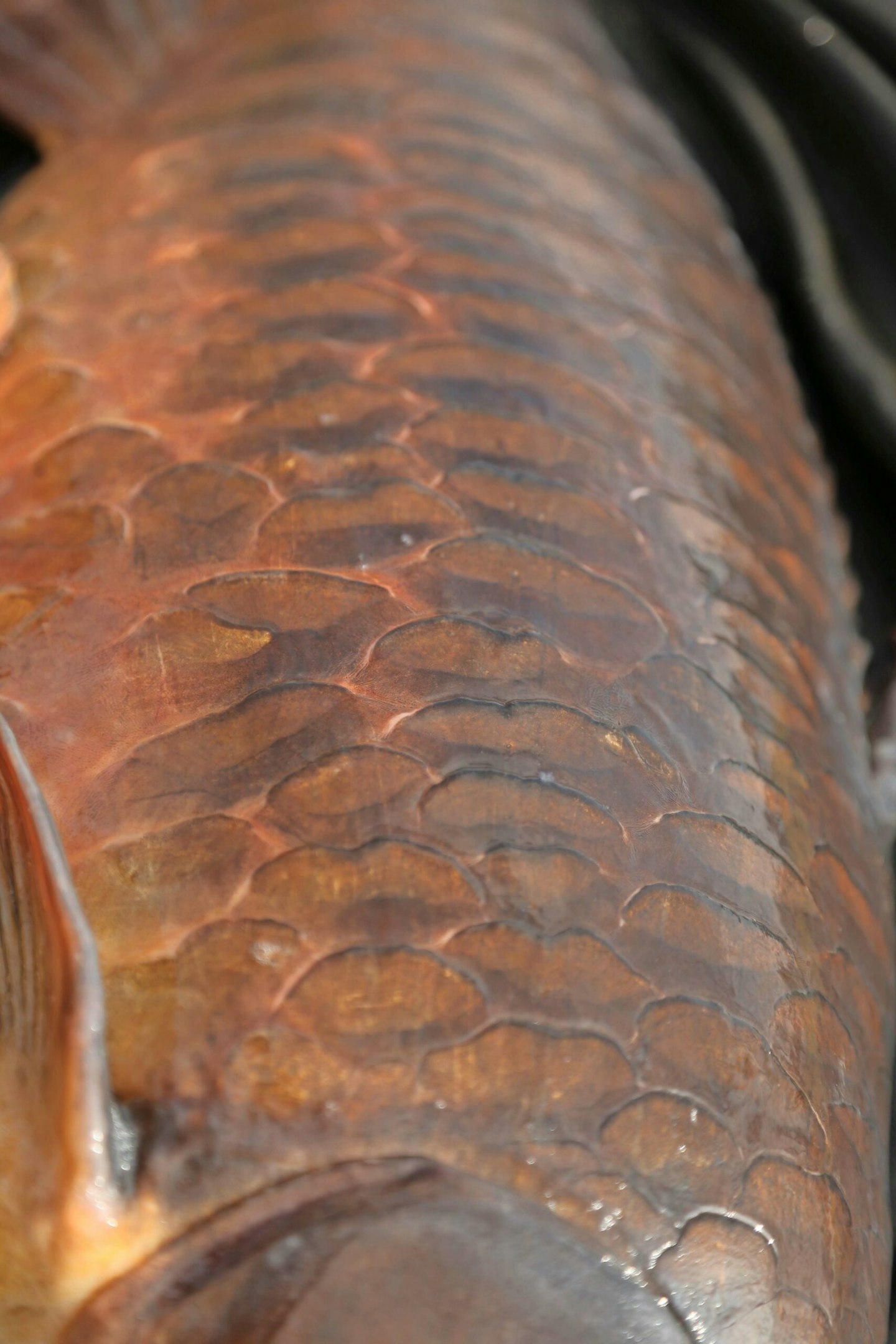
In the summer, the layers are wider and more transparent as the length of the fish increases more rapidly. A dark and a light band together correspond to a whole year, so by counting the dark bands the age of the fish can be ascertained. But it takes a well-trained observer to accurately age fish, as false bands can be laid down owing to adverse weather conditions, or illness in the fish. Still, with practice, accuracy is surprisingly high.
The problem with ageing fish in this way is that fish don’t continue to grow in length for their whole lives. As confusing as it might sound, longer-lived species can often live much longer than they grow for, so the banding on the scales disappears. In older fish the edges of the scales can also become worn, making them difficult to read accurately.
Ageing is relatively accurate for young and short-lived species, such as dace, roach and perch, but can become problematic with longer-lived species, such as carp, barbel, bream and tench. This problem has big implications for fisheries management.
Surveying the fish population and predicting its future becomes difficult when the age of some of the fish can’t be accurately measured. As these are likely to be the larger fish whose young have a higher probability of survival then mis-ageing can have a big impact on any predictions.
BEFORE YOU GET TOO OLD, MAKE SURE YOU VISIT THIS LIST OF BEST FISHING VENUES YOU MUST FISH.
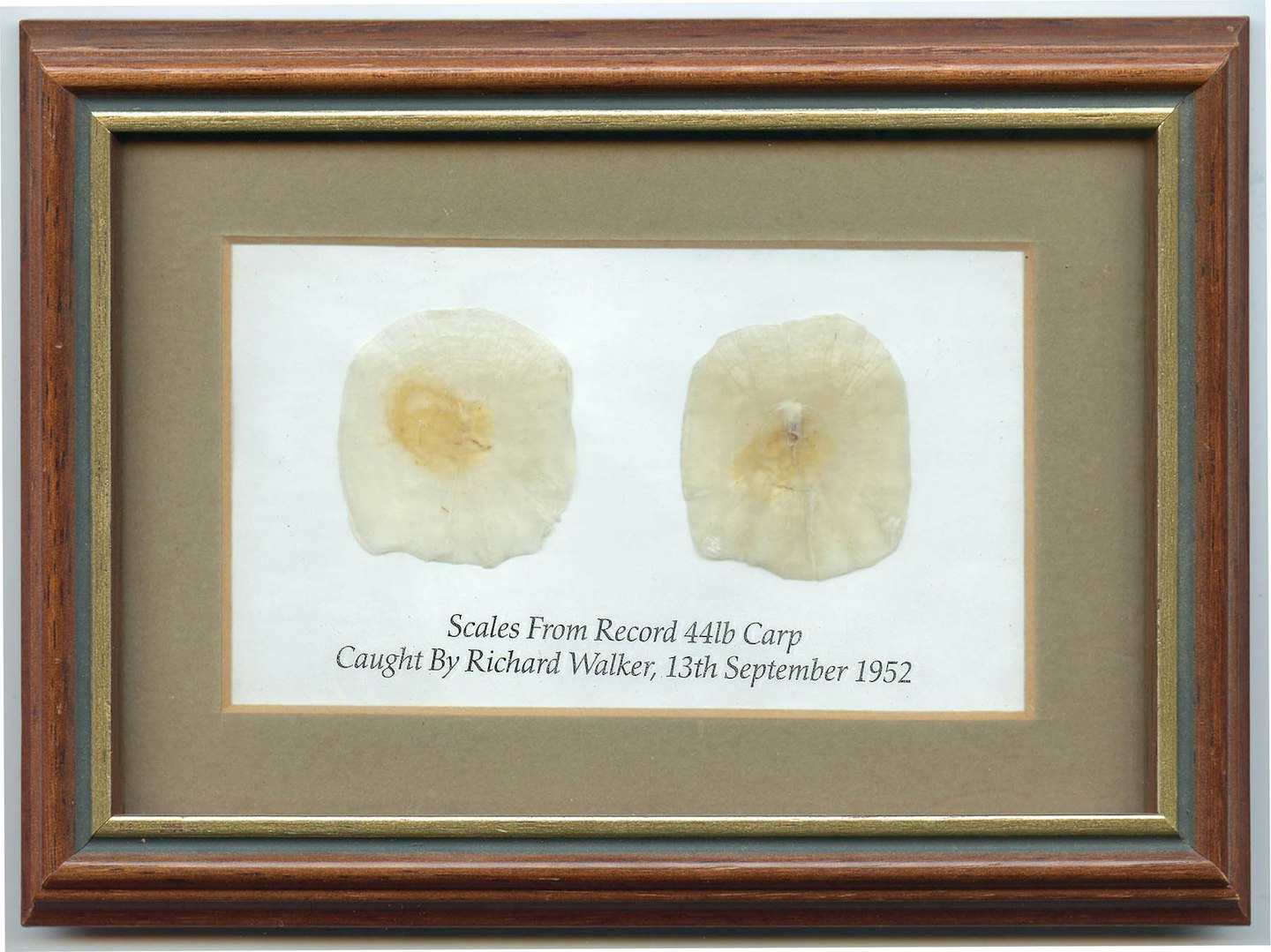
Growth in length
Fishery scientists are interested in the length of fish as a measure of growth, rather than their weight. This is because, while length is fixed, weight can fluctuate massively due to factors such as the time of year, whether the fish is male or female, and depending on when spawning has taken place. For a given length, weight can often vary by 20 per cent.
Growth in length can be calculated by measuring the distance between the dark bands on the scales, once the age of the fish has been ascertained. The size of the scale is proportional to the length of the fish, so as long as we know the length of the fish and the size of the scale we can use scale rings to calculate the length for each past year.
By looking at growth in this way it’s sometimes possible to see the influence of the environment, particularly temperature, on the growth of fish each year. In a sub-Arctic lake, pike may never grow more than 50cm in length, while in a large, lowland lake they may reach 120cm or more.
Roach are another great example. While most fish will never reach more than 1lb in weight, under exceptional circumstances they may reach four times that!
Size, age and growth are all flexible, depending on the environment, enabling fish to survive in places where other animal populations would eventually perish.
SPECIMEN FISH ARE OFTEN OLDER AND WISER. HERE'S SOME TIPS ON HOW TO CATCH THEM.
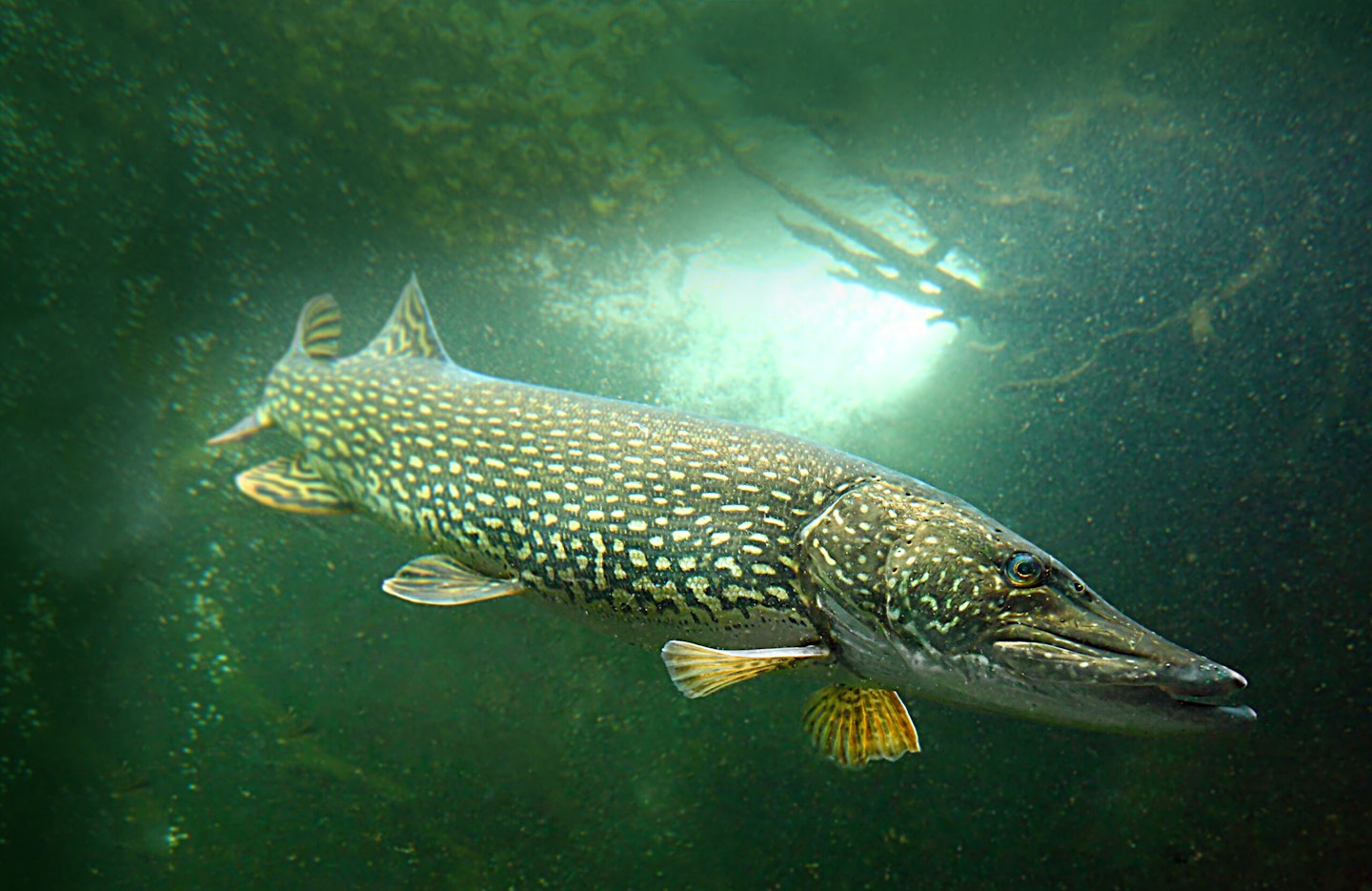
Average lifespans
So how long can our main coarse fish species live? As a general rule-of-thumb the larger the maximum size of the fish, the longer it will live. So, our smaller species, such as minnows and bleak, will probably live for around four years. Some roach and perch may reach their teens, although an age of around eight to 10 years is probably more normal.
Bream, tench, barbel and chub, we now know, can live for much longer than scale readings alone might suggest. Once thought to reach a maximum age of about 15, in many cases these species can probably make it into their twenties and thirties.
There are well-reported cases of carp living beyond their 50th birthday, but the longest-lived of our coarse fish is the eel, with estimates putting the age of some fish at closer to 100! However, one species that bucks this rule is pike. Female pike generally live to their teens, while the males live a little less. Regardless of their sex, that’s not a particularly long lifespan for what are often such big and fearsome-looking fish!
A closer look at coarse fish...
PERCH
Lifespan: 12 years
Maturity: Males 2-4 years; females 4-6
British record: 6lb 3oz
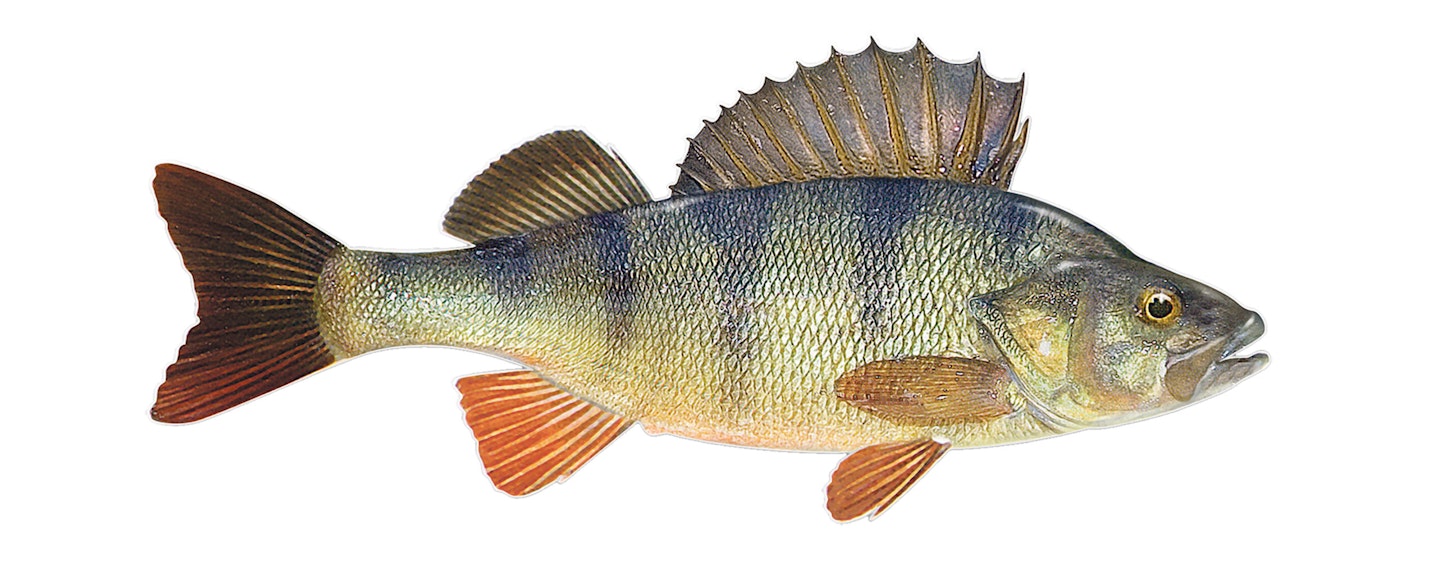
CRUCIANS
Lifespan: 15 years
Maturity: Males 2-4 years; females 4-6
British record: 4lb 12oz
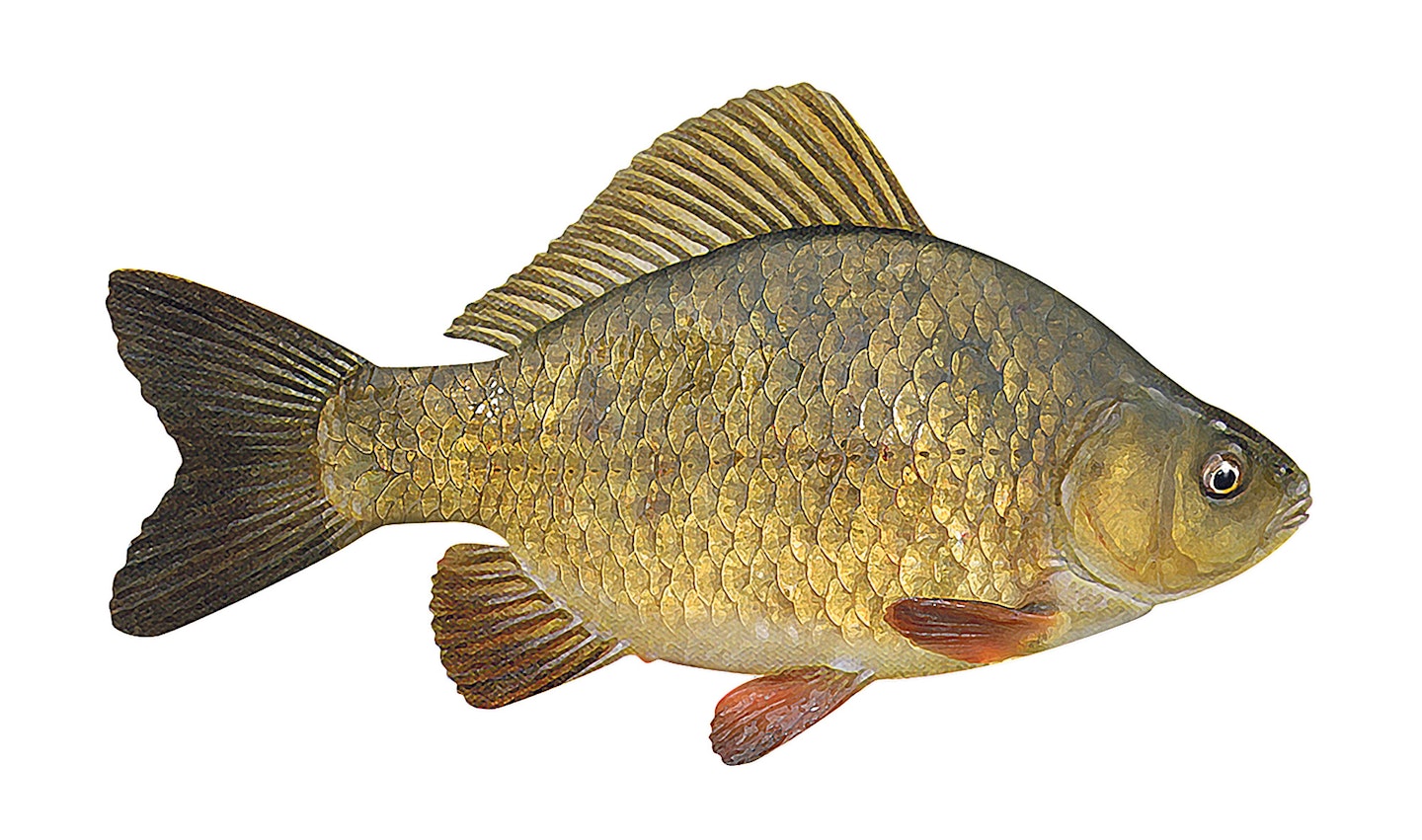
RUDD
Lifespan: 17 years
Maturity: 3-4 years
British record: 4lb 10oz
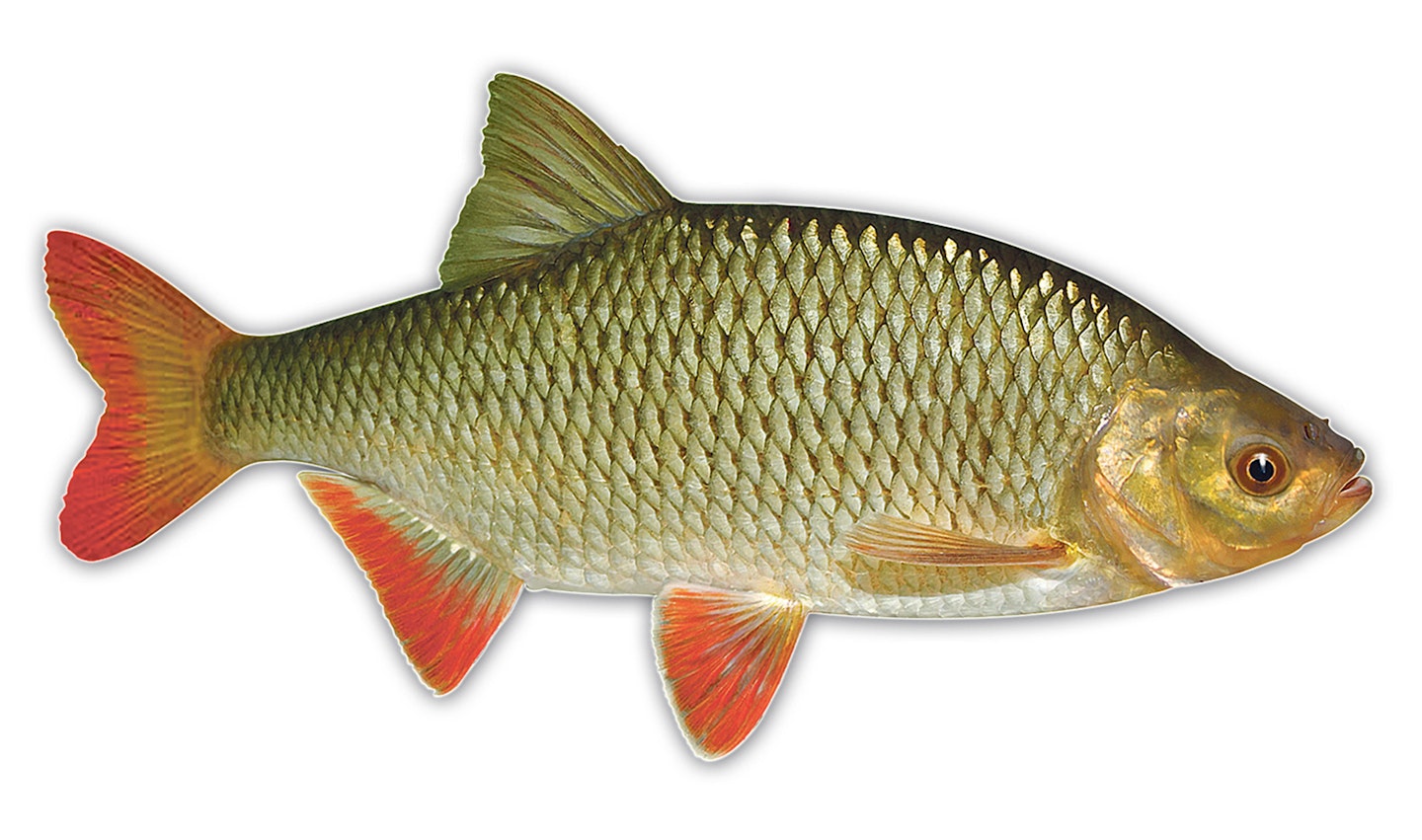
TENCH
Lifespan: 18 years
Maturity: 3-5 years
British record: 15lb 3oz
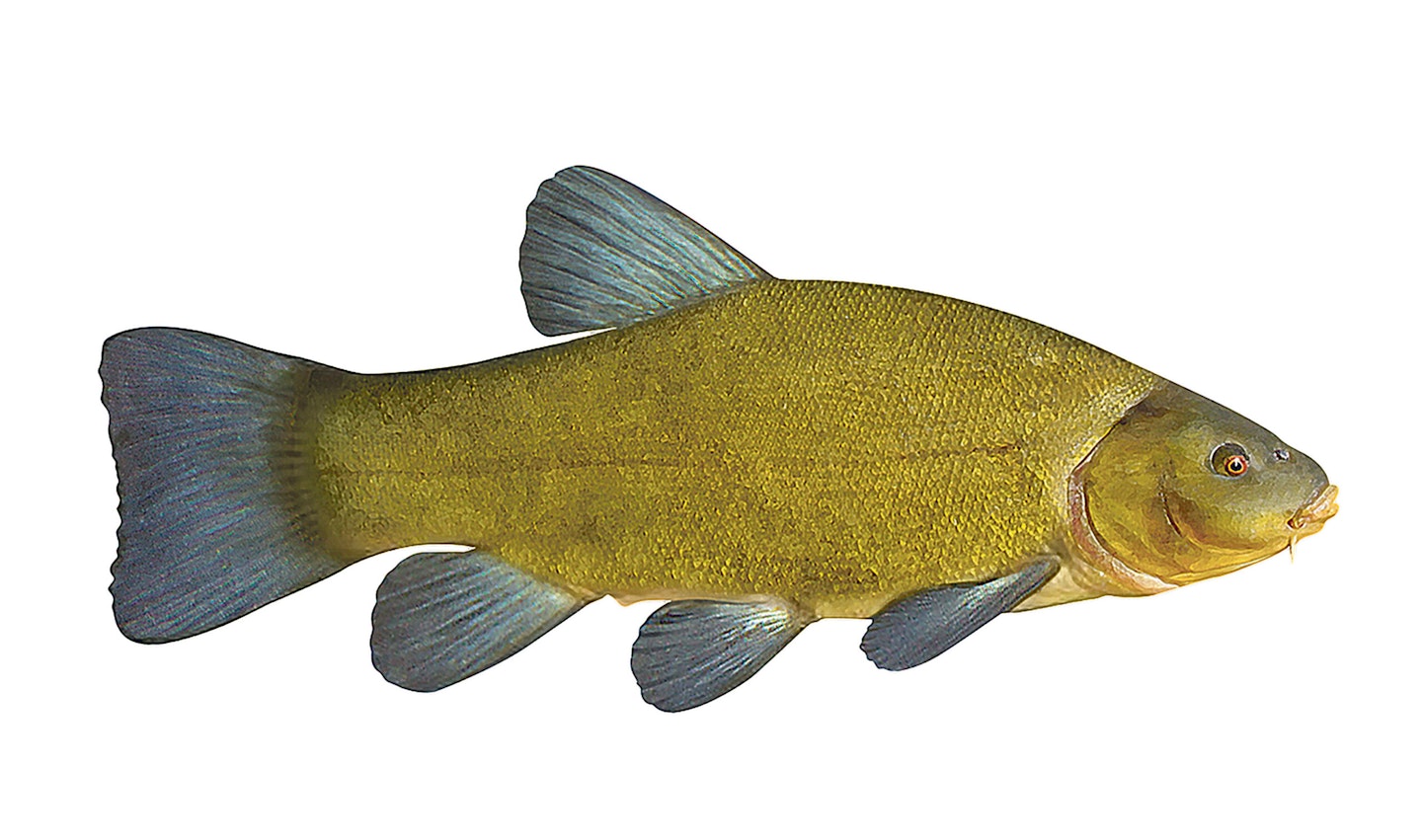
ROACH
Lifespan: 18 years
Maturity: Males 2-4 years; females 3-5
British record: 4lb 4oz
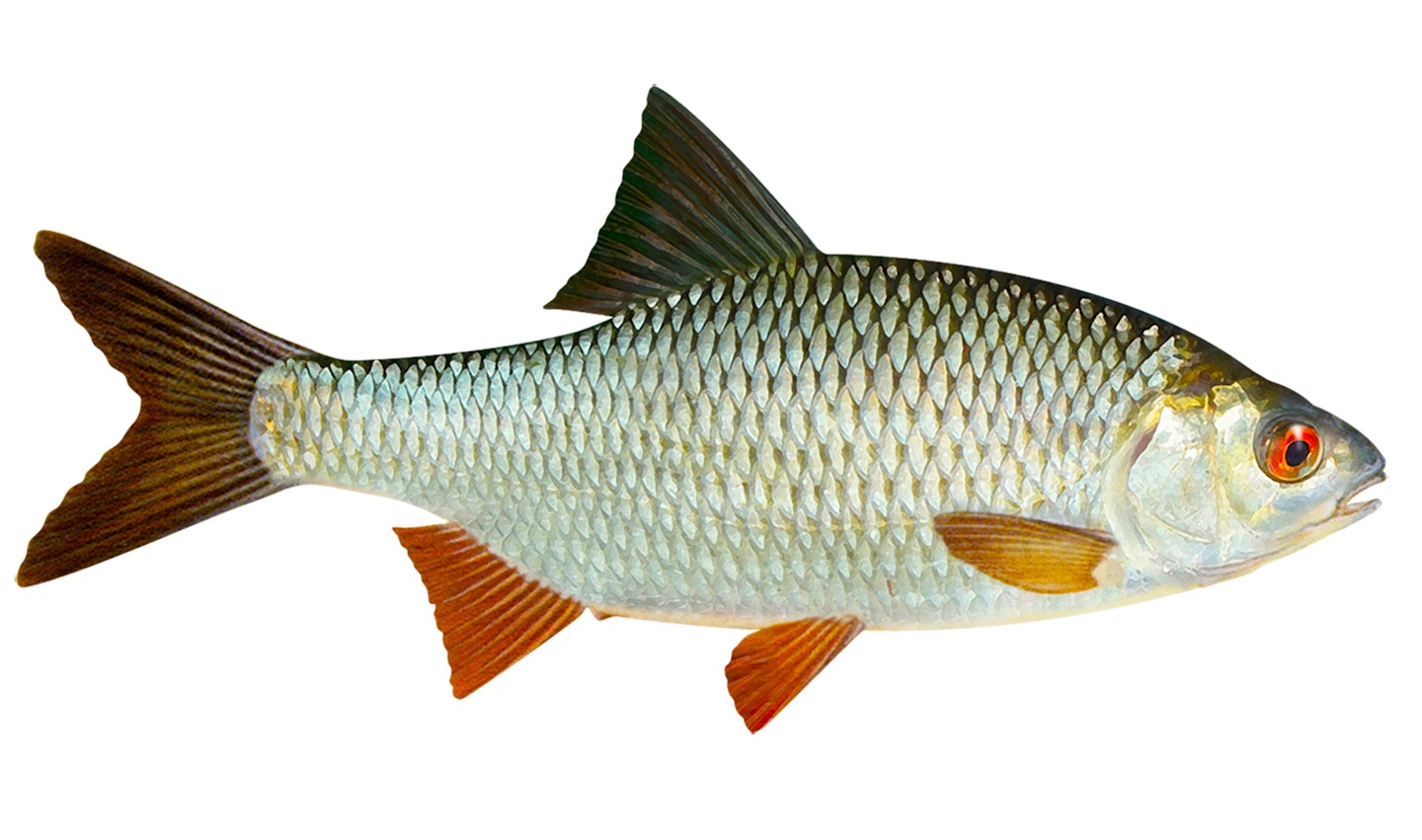
BREAM
Lifespan: 18 years
Maturity: 4-6 years
British record: 22lb 11oz
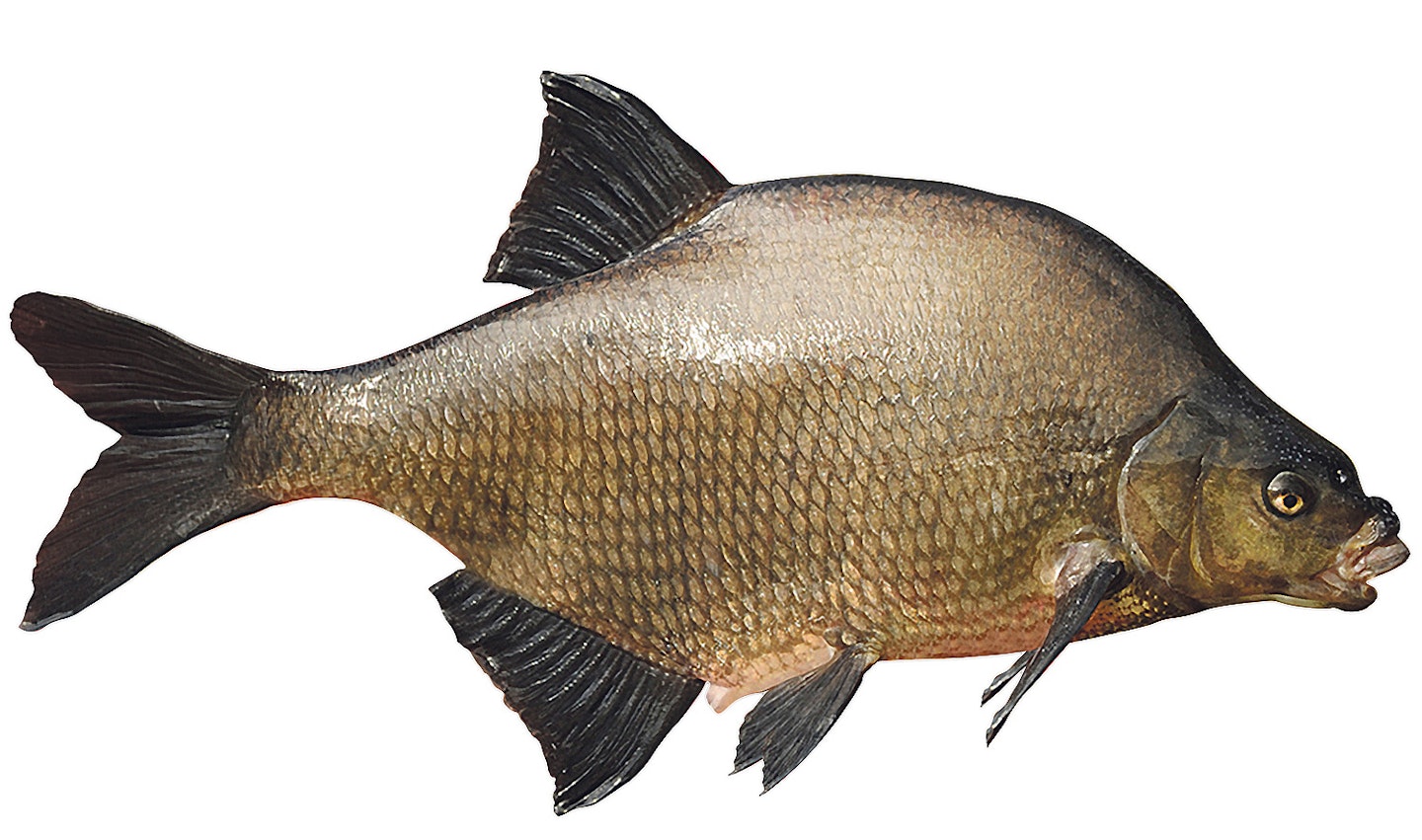
PIKE
Lifespan: 20 years
Maturity: 2-3 years
British record: 46lb 13oz
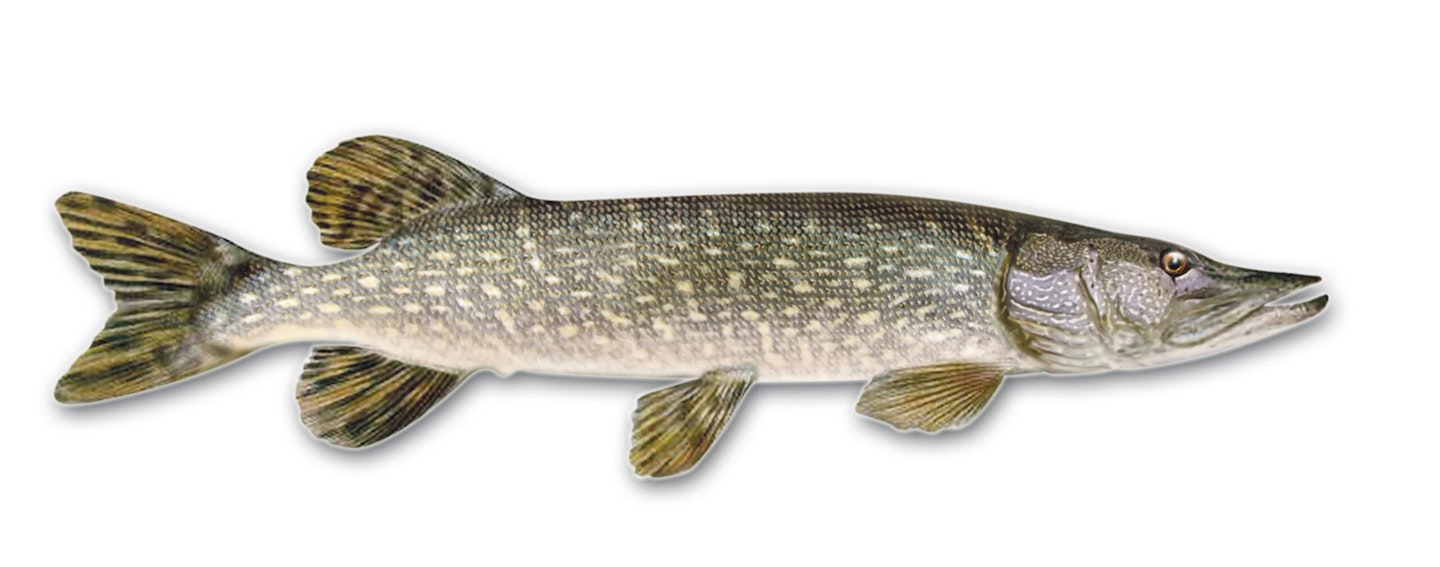
BARBEL
Lifespan: 25 years
Maturity: Males 3-4 years; females 5-8
British record: 21lb 2oz
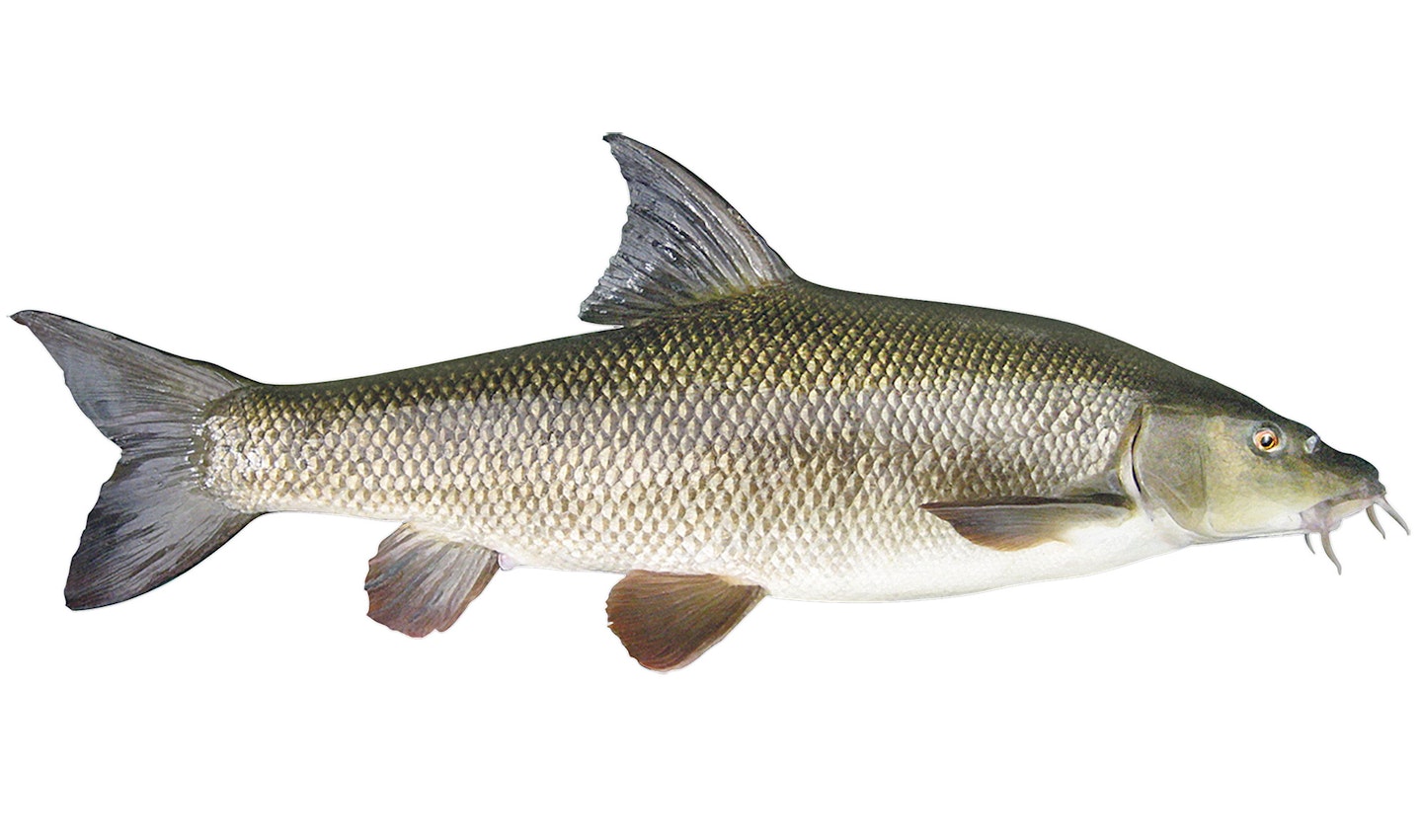
CHUB
Lifespan: 25 years
Maturity: Males 3-7 years; females 4-8
British record: 9lb 5oz
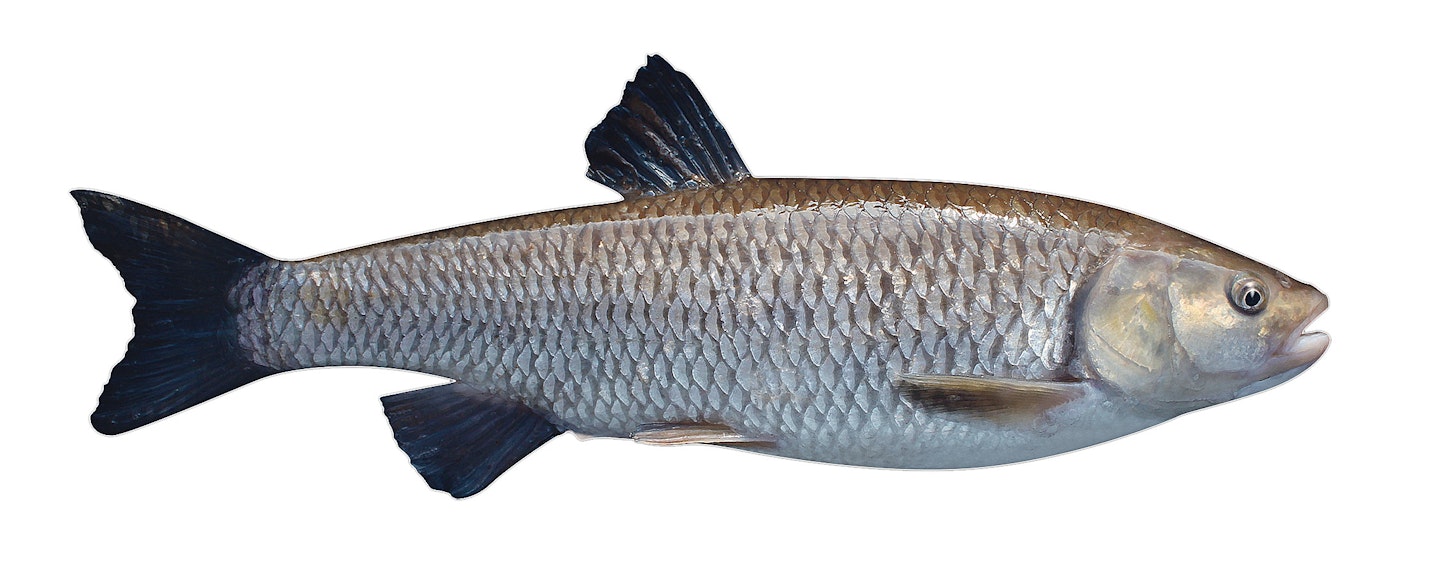
CARP
Lifespan: 50 years
Maturity: Males 3-4 years; females 4-5
British record: 68lb 1oz
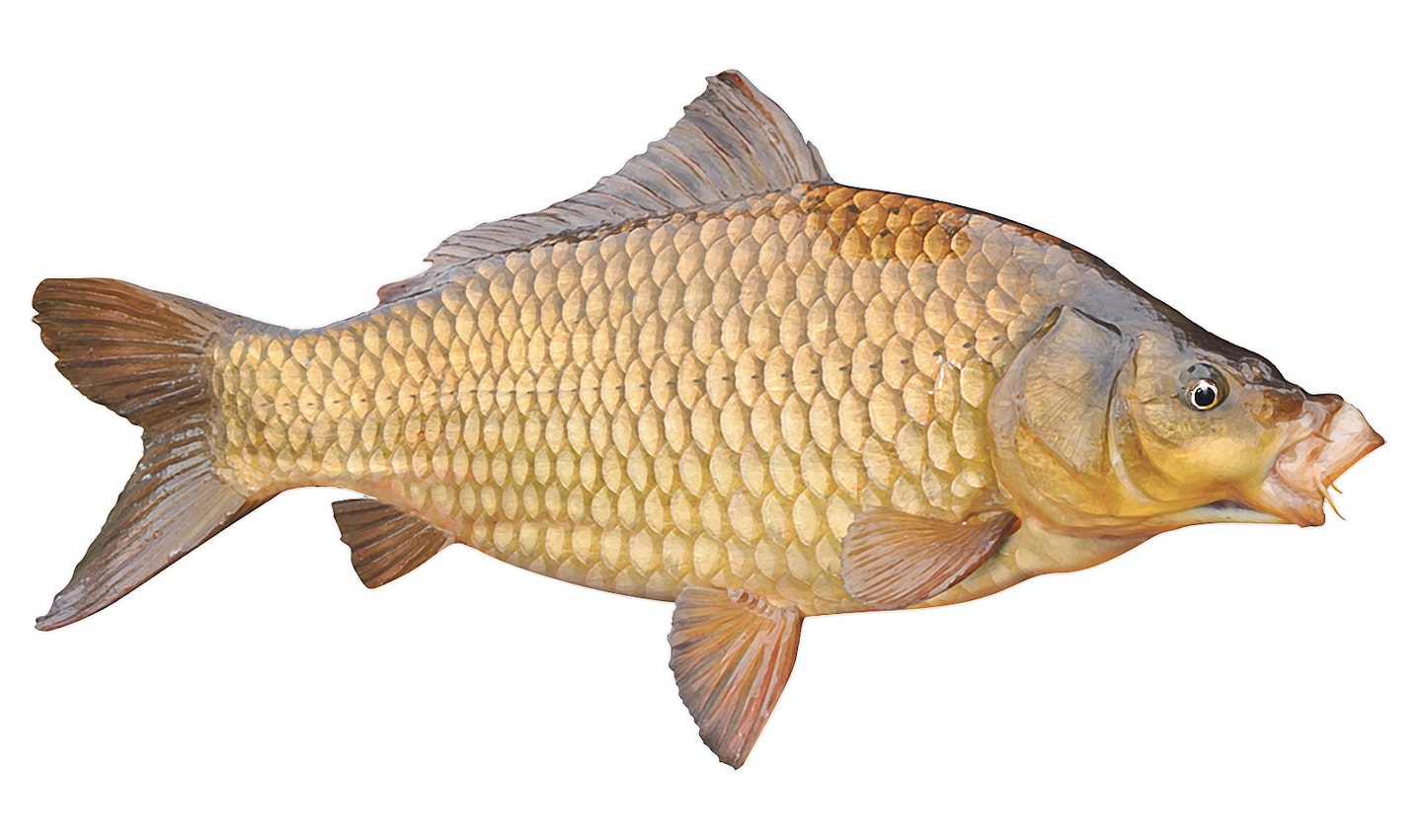
CATFISH
Lifespan: 50 years
Maturity: 5 years
British record: 62lb (list closed in 2000)
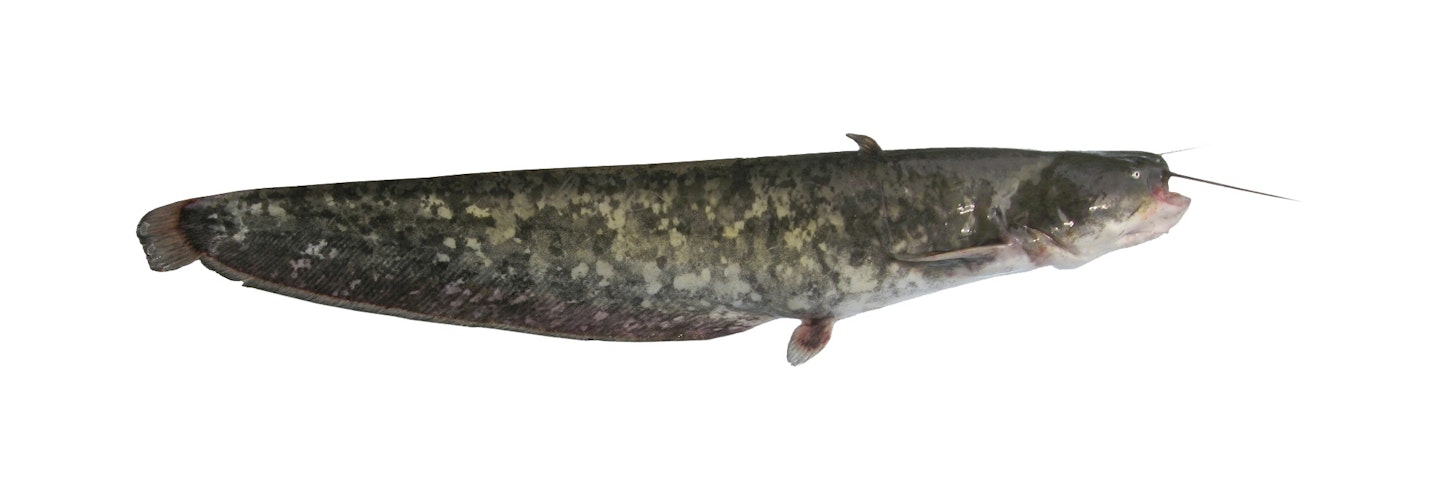
EELS
Lifespan: 80 years
Maturity: 8-15 years
British record: 11lb 2oz

This page is a free example of the amazing content Angling Times Members get every single week. Becoming an Angling Times Member gives you access to award-winning magazine content, member rewards, our back issue archives, bonus content and more! Join our fishing community and find out more today!
